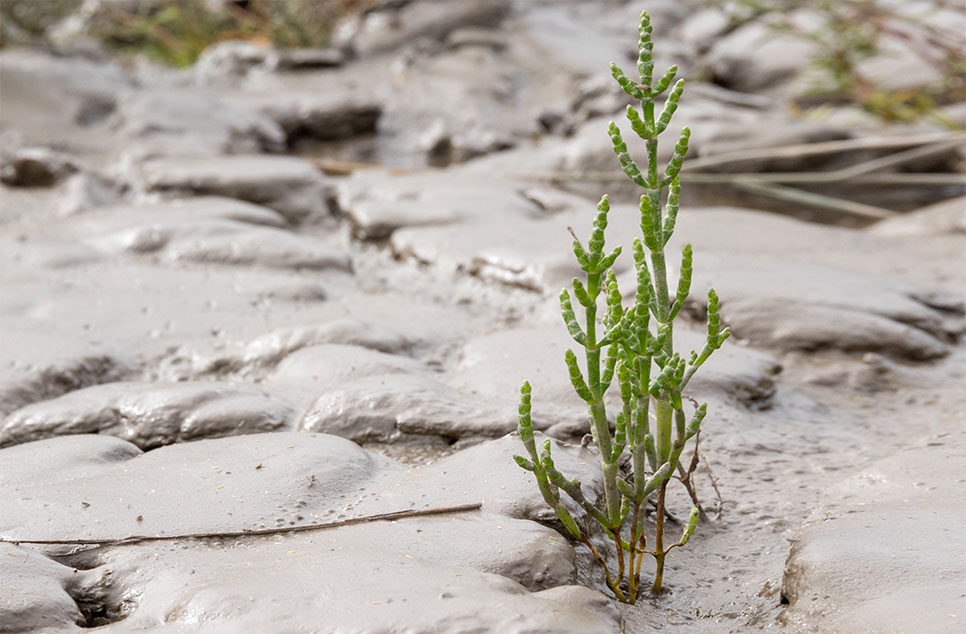Put wetlands at heart of fight to reach net zero
Two new reports that highlight the urgent need for the Government to act and deliver on its promises to tackle climate change and ensure we can adapt to the challenges we face have been welcomed by WWT.

Two new reports that highlight the urgent need for the Government to act and deliver on its promises to tackle climate change and ensure we can adapt to the challenges we face have been welcomed by WWT.
The Climate Change Committee’s (CCC) reports on progress on net zero and progress on adaptation in England highlight a significant ambition gap between the Government’s current commitments and what is needed to half emission reductions by 2035. Launching the reports, CCC’s chair Lord Debden said we were in the “decisive decade” for tackling climate change and that the government had to get real on delivery.
Agreeing with the urgency behind the reports, WWT senior policy and advocacy officer Hannah Freeman said: “The path to Net Zero requires high ambition and an effective policy framework in all areas. In particular wetlands need to be right at the heart of the use of nature in the fight to reach net zero”.
She added: “The report identifies the importance of habitat restoration and creation in fighting climate change but this should not be limited to trees and peat – it must look to incorporate other habitats such as saltmarsh, filling research and data gaps without delay. Last week the Climate Change Committee published their third risk assessment highlighting that in order to achieve net zero we need 8Mt of negative emissions from nature by 2050. To achieve this we must restore nature including saltmarshes and other blue carbon habitats.
“Coastal saltmarsh has been shown to be an incredibly effective way to store carbon - eg at WWT Steart Marshes, a site of 300 hectares of newly created coastal saltmarsh in Somerset, we have found out the new saltmarsh is storing around 100 tonnes of CO2 equivalent per hectare per year, meaning the site as a whole is storing over 29,000 tonnes of CO2 equivalent per year.
“Wetlands also have other multiple benefits to combat the climate crisis – such as preventing flooding and increasing biodiversity, thereby boosting nature’s resilience to climate change.
“Given this compelling evidence, WWT’s Blue Recovery project aims to restore 100,000 ha of wetland habitat, helping to build back better after the covid pandemic by tackling our climate, biodiversity and health and well-being emergencies. This includes the creation of saltmarsh habitat to lock up carbon as well as providing many other benefits.”
WWT suggests an urgent first step is for government to ensure the necessary research is undertaken to demonstrate the ability of a range of wetlands to store carbon, so wetlands can be added to the government inventory measuring greenhouse gases. Being added to the inventory means that government is then likely to invest in the creation of healthy wetlands to help combat climate change.
Until saltmarsh and other wetland habitats are genuinely accounted for within government the role they play in carbon storage will not be taken seriously. It is only once the significant contribution of these habitats is recognised that we will see changes to policy to better support their protection, restoration and creation.



